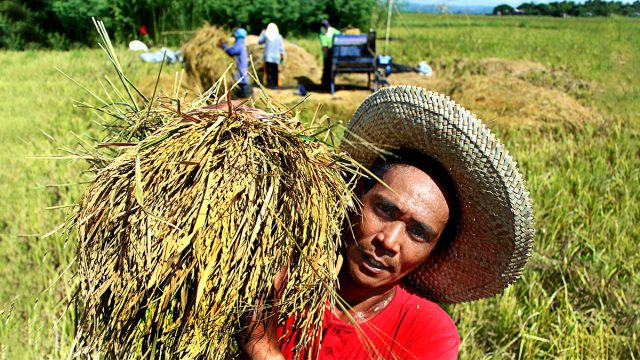In a momentous achievement, Bangladesh celebrates its sixth consecutive year of record-breaking rice production in the fiscal year 2022-23. The latest data released by the Bangladesh Bureau of Statistics (BBS) demonstrates remarkable growth in rice cultivation, primarily attributed to the adoption of high-yielding varieties (HYV) and hybrid rice over traditional strains.
During the dry season crop Boro in FY23, Bangladesh harvested an impressive 2.07 crore tonnes of rice, marking a 3 percent increase from the previous fiscal year. Overall rice production saw a remarkable 2.5 percent year-on-year growth, reaching an all-time high of 3.91 crore tonnes in FY23. These statistics are a testament to the hard work and innovation of the country’s farmers and the government’s agricultural policies.
Key factors contributing to this record-breaking success include the introduction of modern seed varieties with higher yields, improved field management practices, and balanced fertilizer use thanks to government subsidies for non-urea fertilizers. Farmers have exhibited increased dedication to their crops, ensuring both food security for their families and profitable surplus grain sales in the market.
Only seven years ago, Bangladesh’s total rice production was at 3.38 crore tonnes. Since FY2018, a surge in rice-planting areas and the adoption of modern varieties has significantly reduced the need for rice imports. In FY23, both private and public agencies imported a mere 10.5 lakh tonnes of rice, slightly higher than the previous fiscal year. Remarkably, in the current fiscal year 2023-24, rice imports between July 1 and October 12 remained at zero, reflecting the substantial increase in domestic yields.
Dr. Mohammad Jahangir Alam, a professor of agribusiness and marketing at the Bangladesh Agricultural University, underscored that the higher production has alleviated the pressure on foreign exchange reserves due to a US dollar shortage. This, in turn, has stabilized rice prices, benefitting the vulnerable segments of the population.
Bangladesh is now the third-largest rice-producing country globally, with 81 percent of total rice acreage dedicated to high-yield varieties and 10 percent to hybrid rice, offering superior yields. During the same period, the cultivation of local rice varieties dwindled to only 9 percent of the total rice area.
Experts suggest that there is substantial room for further increasing rice production by empowering agricultural officials at the grassroots level, establishing crop insurance for farmers to protect them from natural disasters, and intensifying agricultural research efforts. The focus on agriculture by the government has played a pivotal role in this remarkable success story.
The Bangladesh Rice Research Institute (BRRI) is committed to boosting yields to meet the increasing demand for rice in a country with a population of nearly 17 crore. Professor Alam emphasized the need for sustainable production to ensure food security in a world where geopolitical situations remain unpredictable.
“We must maintain our production and growth momentum to guarantee food security, particularly in light of global volatility. The government’s support for imports of agricultural inputs, such as fertilizer, is crucial in this regard,” he added.
Bangladesh’s achievement in rice production is a testament to the nation’s commitment to self-sufficiency in food production and to supporting its citizens during these uncertain times. This milestone sets a promising precedent for the future of agriculture in Bangladesh and its broader economic stability.















